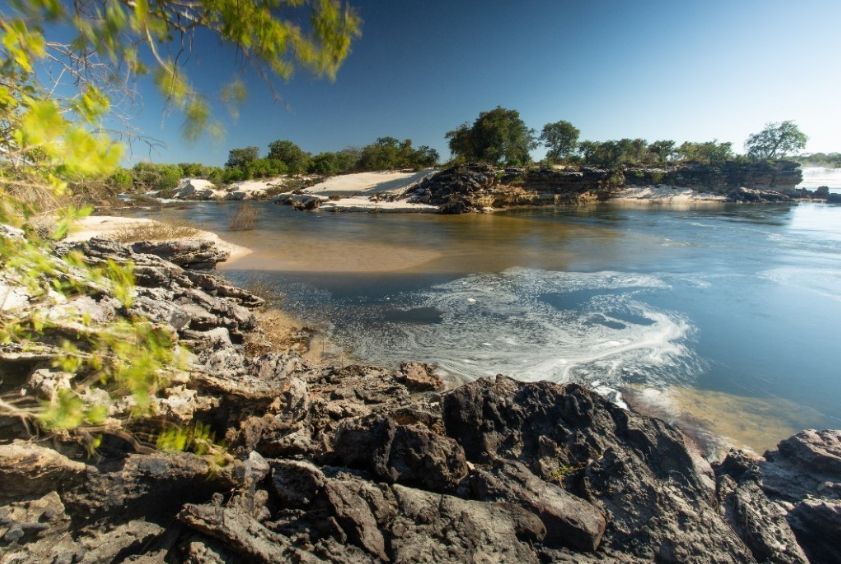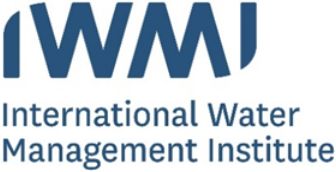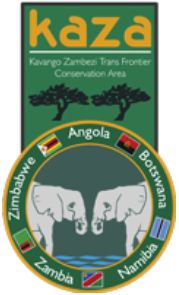Sustainable Groundwater Development and Management for Humans, Wildlife, and Economic Growth in the Kavango Zambezi Transfrontier Conservation Area
A project to support water security in the KAZA TFCA through informed groundwater development and management
The Kavango Zambezi Transfrontier Conservation Area (KAZA TFCA) is the largest transfrontier conservation area globally, covering 520,000 km2 and counting on unique natural systems, interlinked supporting water systems, and immense biodiversity. The Partner States sharing the TFCA (Angola, Botswana, Namibia, Zambia and Zimbabwe) are undergoing rapid economic growth as well as significant population growth, especially in upstream countries like Angola with an annual population growth rate of 2.7%. Water scarcity, climate change, inadequate water infrastructure, growing human-wildlife and landuse conflicts call for more proactive natural and water resources management and transboundary cooperation to ensure the resilience of communities, wildlife and the ecosystems on which they rely.

Sioma Ngwezi National Park, Zambia (Photo: Peace Park Foundation)
Groundwater Management in the KAZA TFCA
Groundwater and transboundary aquifers are increasingly playing a role in supplying reliable, and widely available water to dispersed communities and wildlife. However, addressing the needs and existing gaps in the management of groundwater resources is key to supporting biodiversity, economic development, and resilience to climate change in the KAZA TFCA. Against this backdrop, KAZA TFCA is currently increasing the priority it gives to the management and conservation of freshwater resources.
As part of this, explicit demand has been expressed to bring in expertise on groundwater. Groundwater knowledge is incipient in the TFCA, with large disparity between the Partner States. There is a need to develop the knowledge base, capacity and decision support tools, and policy guidelines as well as management frameworks around groundwater in a regional cooperative framework, at the most appropriate integrated scales, from local to transboundary. While at least five potentially prolific transboundary aquifers (TBAs) have been identified in the KAZA TFCA, relatively little is known about them and their potential in terms of supporting water security and resilience in the area.









